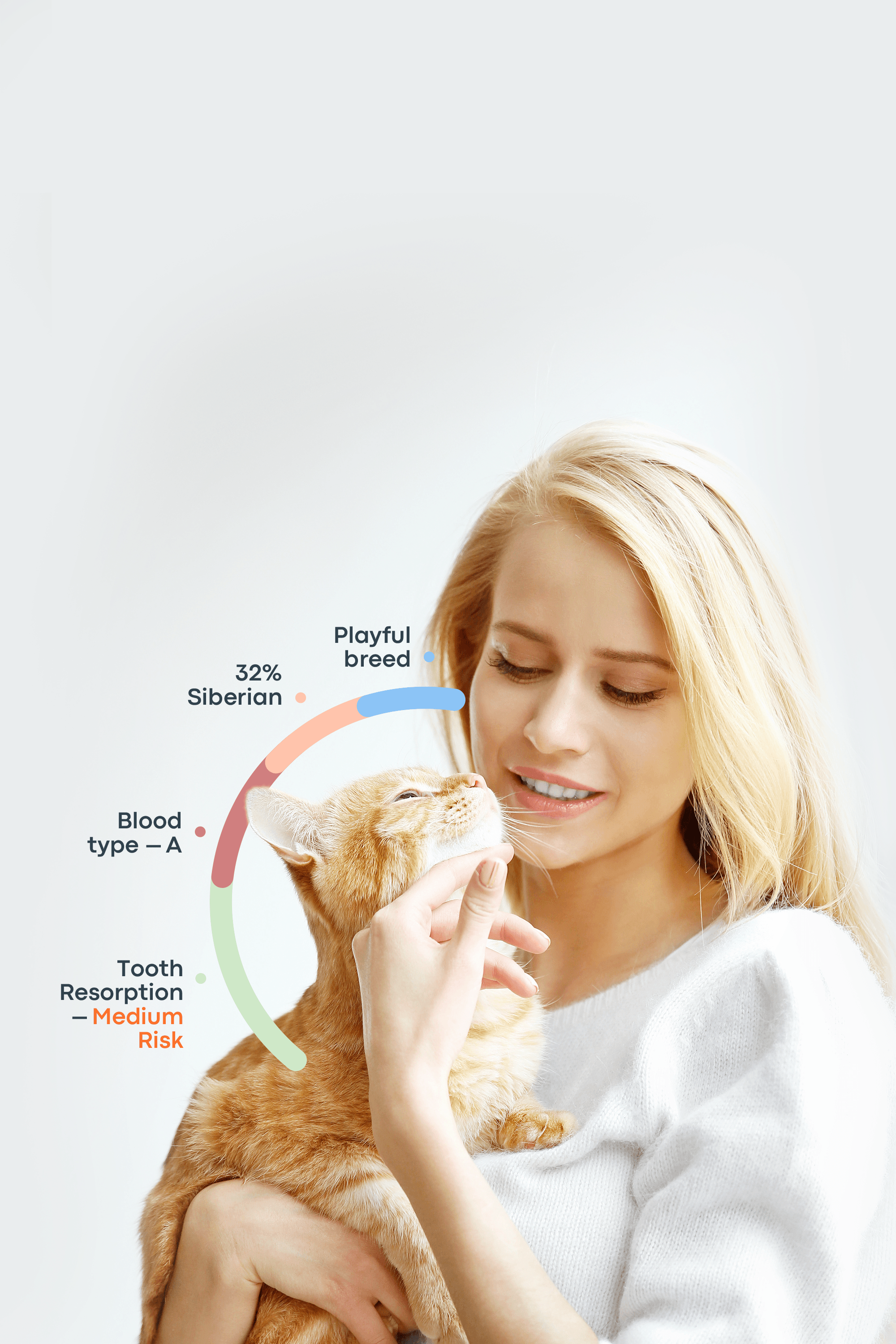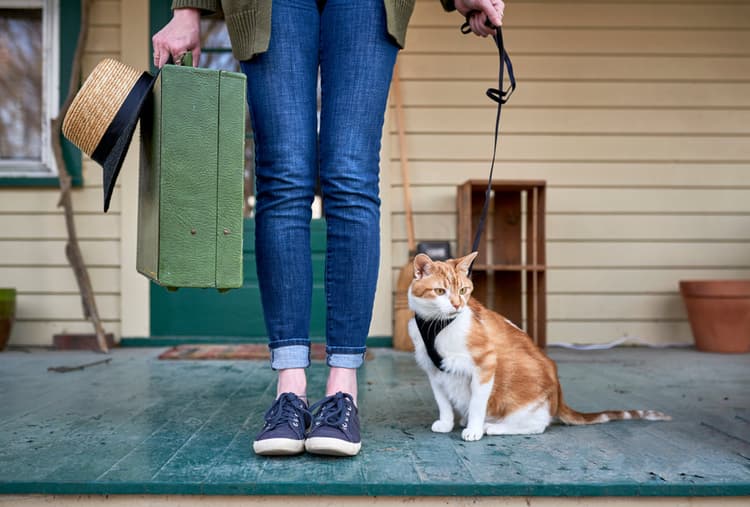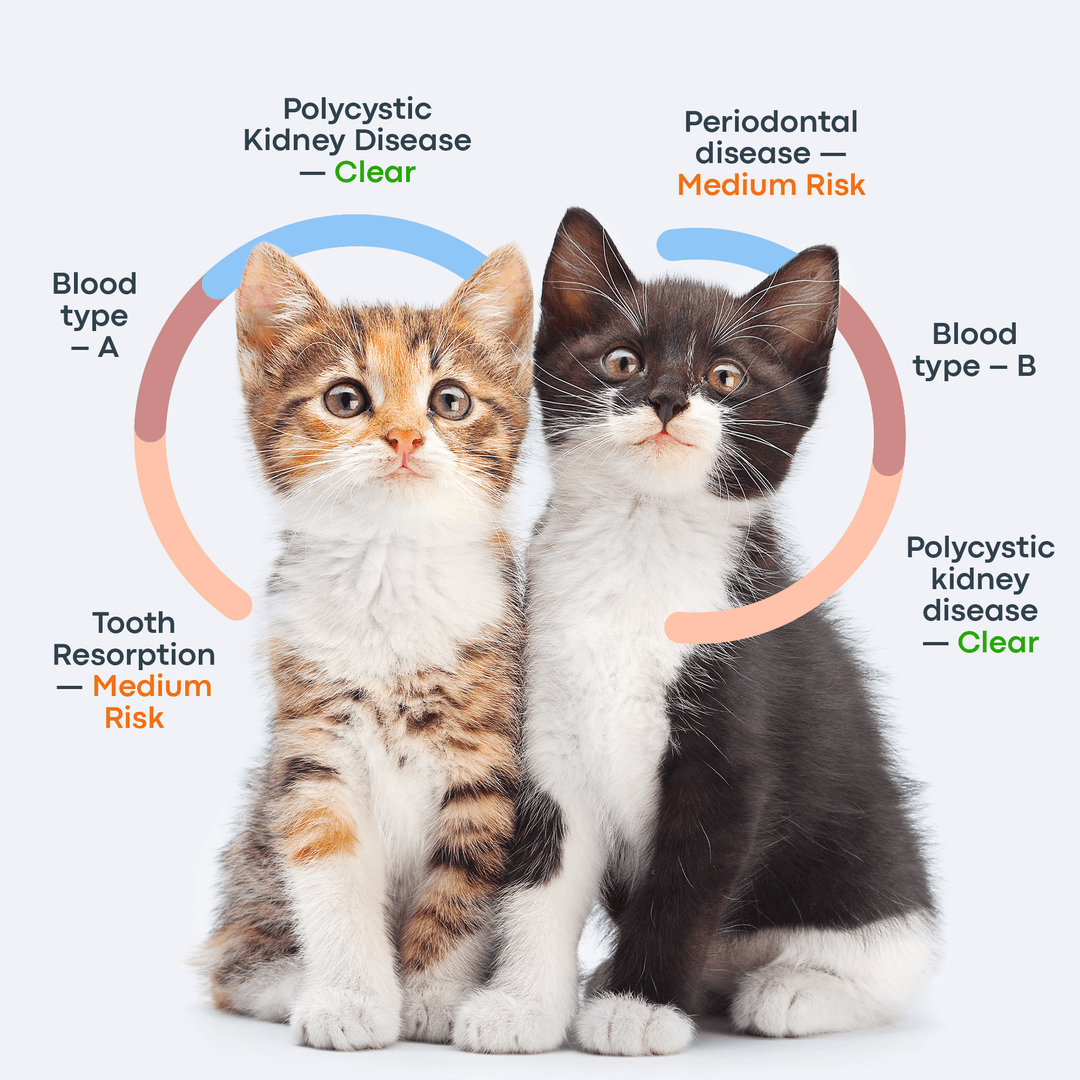Cats are natural athletes with an extraordinary ability to leap, whether they’re chasing prey, escaping danger, or simply exploring their surroundings. Their strength, agility, and balance allow them to navigate beams, rooftops, tree branches, and even narrow window sills with ease. But just how high can cats jump? Let’s find out—and explore the factors that affect their leaping ability.
How High Can Cats Jump?
Most healthy domestic cats can jump between 6 and 8 feet (1.8 to 2.4 m)—that’s about five to six times their body height. To put this in perspective, it would be like a human jumping the length of a small bus (20–30 feet, or 6–9 m). For comparison, the Guinness World Record for the highest human vertical jump is only 1.70 m (5 ft 7 in).
Cats achieve these incredible feats thanks to a unique combination of anatomy:
Powerful hind leg muscles that launch them upward.
A flexible spine that acts like a spring.
The absence of a collarbone, which gives them a greater range of motion.
A tail that aids balance, especially during tricky landings.
What Is the Highest a Cat Can Jump?
The average cat jump height tends to vary. Jumping ability varies depending on the species, size, and build of the cat.
Wild cats such as snow leopards (around 75 lbs / 34 kg) can leap up to 20 feet (6 m) in a single bound. Cougars and tigers also clear impressive distances of 18–20 feet (5.5–6 m).
Domestic cats, averaging about 11 lbs (5 kg), typically max out at around 7 feet (2.1 m), though some especially athletic or feral cats have been known to reach 8 feet (2.4 m).
Even among house cats, not all are equal jumpers. Some breeds are natural high-flyers:
Abyssinians are so energetic and curious that veterinarians often refer to them as a “jumpy breed.”
Bengals are also famous for their athleticism and love of climbing.
Because of this, cats—especially active breeds—benefit from vertical spaces at home, such as cat trees, climbing shelves, or safe perches, which help them stay healthy, entertained, and less likely to get into mischief.
Factors That Affect a Cat’s Ability to Jump
The answer to the question, “How high can a domestic cat jump?” depends on several factors, including age, muscle strength, flexibility, and body structure.
Age: Kittens and young adults usually have the strongest jumps, while senior cats tend to lose muscle tone and flexibility, limiting their height.
Size and build: Smaller breeds like the Devon Rex, Cornish Rex, and Siamese are naturally petite and may not achieve towering leaps. Interestingly, not all large or heavy breeds are strong jumpers either—sometimes their bulk works against them.
Athleticism and muscle strength: Cats with lean muscle and high energy tend to be the most powerful leapers.
Flexibility: A flexible spine allows cats to coil and spring upward with explosive force.
Ultimately, athleticism, strength, and flexibility matter more than a cat’s size. Among domestic breeds, Savannahs, Bengals, and Abyssinians are especially famous for their vertical leaps, often astounding their owners with just how high they can go.

Why Does My Cat Keep Jumping Around?
Cats jump for many reasons, ranging from pure playfulness to instinctive survival behaviors. Common motivations include:
Chasing prey or toys during play or hunting practice.
Exploring out of curiosity, since elevated spaces give them new perspectives.
Escaping threats or seeking a safe hiding spot.
Claiming vantage points, which provide both a sense of security and a better view of their territory.
Burning energy, especially in younger or more active breeds.
In essence, jumping isn’t just physical exercise for cats—it’s a natural part of how they interact with their environment. Providing safe vertical spaces, like cat trees, perches, or climbing shelves, helps satisfy this instinct while protecting your home from unexpected acrobatics.
How Far Can a Cat Jump Horizontally?
Cats aren’t just skilled vertical leapers—they’re also remarkable horizontal jumpers. Most cats make several horizontal leaps every day, whether it’s clearing gaps between furniture, fences, or other obstacles.
On average, a healthy cat can cover 6–8 feet (1.8–2.4 m) in a single bound, and some particularly athletic cats may reach up to 10 feet (3 m). Outdoors, this ability allows feral or adventurous cats to spring from rooftop to rooftop, branch to branch, or even from a balcony to a nearby fence. Indoors, you might see your own little acrobat vault from the refrigerator to the cabinets, or from a cat tree onto a curtain rod with surprising ease.
Their powerful hind legs, flexible spine, keen balance, and precise coordination make these horizontal leaps look effortless—though they’re the result of finely tuned instincts and physical adaptations.
How High Can Kittens Jump?
Kittens can’t leap as high as adult cats because they lack the muscle strength, coordination, flexibility, and—perhaps most importantly—the confidence of a mature cat.
At around 4–6 months old, most kittens manage jumps of only 1–2 feet (30–60 cm). As they grow stronger, their leaps may extend to 4–6 feet (1.2–1.8 m). By 6–8 months, many kittens begin testing their adult jumping skills and start to resemble the acrobats they’ll become.
Most cats reach full physical maturity near their first birthday, though breed plays a role. Larger breeds, such as the Maine Coon, may take up to 1.5 years or more to fully develop. With time, training, and experience, cats refine their leaps, making them higher, smoother, and more precise.
The following table illustrates “How high can the average cat jump?” at different life stages.
Cat Age Group | Vertical Jump Height (Average) | Horizontal Leap | Key Features |
Kitten (0–6 months) | 1–2 feet (30–60 cm) | 2–3 feet (60–90 cm) | Limited strength and coordination. Still learning balance; playful practice jumps. |
Adult (1–7 years) | 6–8 feet (1.8–2.4 m), about 5–6× their shoulder height | Up to 6–8 feet (1.8–2.4 m) | Peak agility, strength, and coordination. Excellent climbers, sprinters, and balancers. |
Senior (8+ years) | 2–4 feet (60–120 cm) | 3–5 feet (90–150 cm) | Reduced muscle strength, flexibility, and coordination. Arthritis and age-related health issues may limit ability. |
How Far Can Cats Fall And Why?
You might have wondered, “Can cats jump high and fall from great heights and still survive?” Surprisingly, the answer is often yes. Many cats walk away from falls that would seriously injure other animals, thanks to a unique combination of body design and physics.

Righting Reflex and Low Body Weight
1. Righting Reflex
When a cat falls, their righting reflex immediately activates. This built-in survival mechanism allows the cat to twist their body mid-air and reorient itself so that their feet are facing downward before impact. Even very young kittens start developing this reflex within a few weeks of age.
2. Low Body Weight and “Parachute Effect”
Cats are relatively lightweight for their size. When they fall, they instinctively spread their legs and flatten their bodies, which increases air resistance (drag)—much like a parachute. This slows their descent, reducing the impact force when they land.
In addition, their flexible spine, powerful leg muscles, and excellent balance help absorb shock and distribute the landing force more evenly. This combination of adaptations explains why cats often survive falls that seem impossible, a phenomenon sometimes referred to as “high-rise syndrome.”
That said, cats are not invincible. While they may survive long falls better than many animals, injuries such as broken bones, internal trauma, or shock can still occur. Keeping windows and balconies secure is essential to prevent dangerous accidents.
High-Rise Syndrome
Many cat parents wonder, “How high can a house cat jump without sustaining injuries?” Veterinarians often point to a phenomenon known as high-rise syndrome to explain cats’ surprising survival from great heights.
High-rise syndrome describes the observation that cats falling from higher stories sometimes sustain fewer injuries than those falling from only two or three floors. The reason lies in their righting reflex and body mechanics. When cats fall from greater heights, they have more time to twist their bodies, spread their limbs, and achieve a stable posture. This increases air resistance (drag) and allows them to reach terminal velocity—a steady fall speed at which they can relax, spread out, and prepare for impact. By contrast, from lower heights, cats often hit the ground before they can fully position themselves, resulting in more severe injuries.
Interesting studies and real cases
A 1982 study in the Journal of the American Veterinary Medical Association (JAVMA) analyzed 132 cats that fell from high-rise buildings in New York. It found that injuries were most severe from 5–7 stories. Beyond that, injury rates decreased, as cats had more time to stabilize and spread out.
A 2018 case study published in the Alexandria Journal of Veterinary Sciences researched the correlation between height and affection in 45 cats. It concluded that falling from a lower floor results in more dangerous consequences and causes severe trauma than that of higher ones.
Real-world cases are equally astonishing—there are documented instances of cats surviving falls from 19 to even 30 stories, often with treatable injuries.
Of course, while cats have remarkable survival adaptations, falls from any height can still cause trauma, and prevention is always best. Securing windows, balconies, and ledges in multi-story homes is essential for feline safety.
Safety First!
Surviving a fall is not the same as walking away uninjured. Even with their righting reflex, cats often suffer broken bones, lung injuries, or internal trauma after a serious fall. If you live in a high-rise, it’s essential to secure windows, balconies, and high ledges to protect your cat. And remember—never test a cat’s ability to fall. Forcing or dropping a cat is cruel, dangerous, and considered animal abuse.
Quick Safety Checklist
Fit window restrictors or keep high-rise windows closed when unsupervised.
Install balcony netting or rigid pet-safe screens.
Block access to narrow ledges and unstable furniture near windows.
Supervise outdoor time; if needed, use a harness and leash for balcony or outdoor access.
Keep curtain and blind cords out of reach to avoid accidental tangling or falls.
If you suspect a fall injury—signs like limping, shallow breathing, lethargy, or bleeding—seek veterinary help immediately.
Conclusion
We hope this guide has answered the question “How high can cats jump?” Cats are extraordinary athletes with powerful muscles, flexible spines, and remarkable survival instincts. Their jumps may amaze us, but ability does not equal invincibility.
As a cat parent, your role is to keep your feline safe while still nurturing their natural instincts. Secure fences, careful supervision, and protection around high places are key. At the same time, providing cat trees, climbing shelves, and safe indoor perches allows your cat to explore, play, and exercise in ways that satisfy their instincts—without putting them in danger.
Frequently Asked Questions
How high is my vertical leap if I can jump as high as a cat?
If you could jump proportionally as high as an average adult cat, your vertical leap would be around 20–30 feet (6–9 m)—about the height of a two- or three-story building. In comparison, most kittens manage only 1–2 feet (30–60 cm) while they’re still growing.
Who can jump higher, cats or rats?
Cats can easily out-jump rats. Most rats can manage 12–18 inches (30–45 cm) in height, while healthy adult cats regularly clear 6–8 feet (1.8–2.4 m). This gives cats a huge advantage when hunting or escaping danger.
Reference List
https://www.guinnessworldrecords.com/world-records/highest-standing-jump
https://www.livescience.com/animals/cats/how-do-cats-land-on-their-feet
https://www.petmd.com/cat/conditions/traumatic/high-rise-syndrome-cats
https://www.cbsnews.com/news/sugar-the-miracle-cat-survives-19-story-fall/
https://terpconnect.umd.edu/~pnc/temp/high-rise%20syndrome.pdf
https://www.bibliomed.org/mnsfulltext/31/31-1541366733-adt-1.pdf?1759066831







